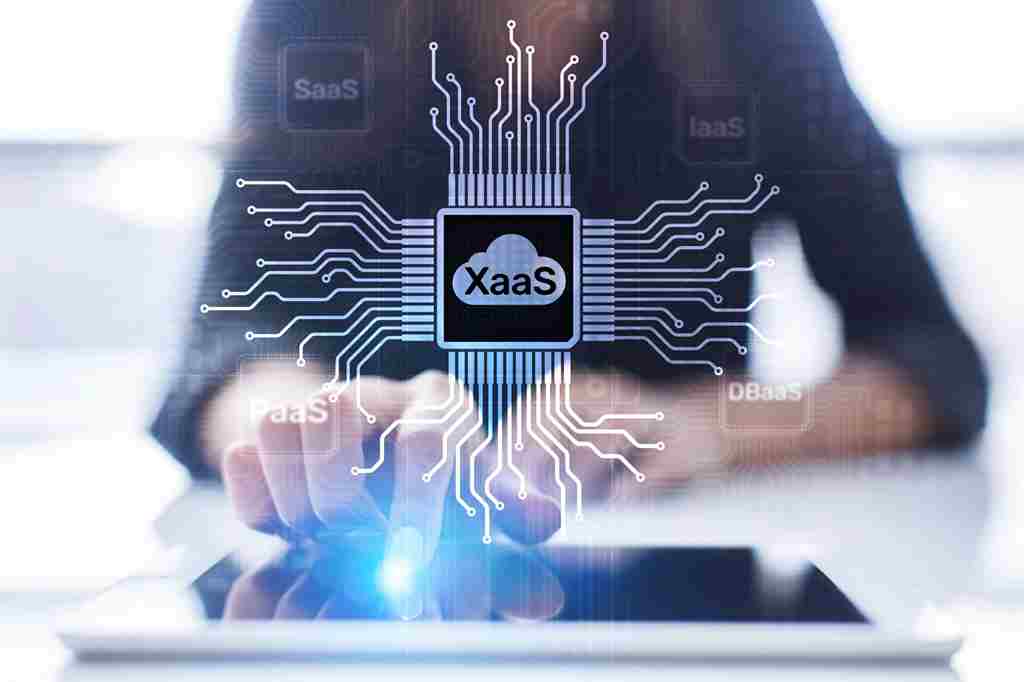You can collect logs from each element, and a centralized log monitoring system can leverage all the information to show you the status of your services. However, not everyone necessarily grasps how much a continuous monitoring solution can add to the picture. There are numerous tools for every stage of Continuous Monitoring in DevOps. However, before selecting tools, organizations, and DevOps teams must conduct adequate risk assessment and formulate a risk management plan. Developers can only implement an appropriate CM system after a thorough evaluation of compliance systems, governance, and risk factors.

Continuous monitoring can also play a role in monitoring the operational performance of applications. A continuous monitoring software tool can help IT operations analysts detect application performance issues, identify their cause and implement a solution before the issue leads to unplanned application downtime and lost revenue. CCM is the use of automated tools and technologies that enable you to continuously — or at intervals you select — monitor and test risk management processes and controls for effectiveness. Ongoing assessment of security controls results in greater control over the security posture of the cloud.gov system and enables timely risk-management decisions. Security-related information collected through continuous monitoring is used to make recurring updates to the security assessment package. Ongoing due diligence and review of security controls enables the security authorization package to remain current which allows agencies to make informed risk management decisions as they use cloud services.
The Four C’s of DevSecOps: Code, Container, Cloud, and Cluster
To successfully analyze risk, it is necessary to determine the potential impact and likelihood of any threat to an asset or network. The optimal course of action is to analyze high-impact threats and calculate the cost and effort necessary to recover production. These standards strive to prevent or mitigate the effects of well-known security breaches such as Stuxnet, WannaCry, TRITON, NotPetya, LockerGoga, and Ryuk.

Assessing changed controls on an ad hoc basis as requested by the AOs for any changes made to the system by the cloud.gov. Perform annual scans of web applications, databases, and operating systems. Assisting government-wide and agency-specific efforts to provide adequate, risk-based and cost-effective cybersecurity.
Continuous monitoring and observability for a CI/CD pipeline
In addition, CM helps organizations stop malicious attacks from outside, unauthorized access, or control failures. There are three different areas, or types, of Continuous Monitoring in DevOps that help organizations combat the security threats and compliance issues they’re faced with. Continuous monitoring in DevOps is the process of identifying threats to the security and compliance rules of a software development cycle and architecture. Also cloud continuous monitoring known as continuous control monitoring or CCM, this is an automated procedure that can be extended to detect similar inconsistencies in IT infrastructures. Continuous monitoring helps business and technical teams determine and interpret analytics to solve crucial issues, as mentioned above, instantaneously. Digital experience monitoring, or DEM, on the other hand, is the process of optimizing the operational behavior and experience of a system.
- That said, continuous monitoring doesn’t need to be limited strictly to security monitoring.
- Therefore, consistent monitoring will help you raise appropriate warnings and increase system uptime.
- He has over 15 years experience driving Log Management, ITOps, Observability, Security and CX solutions for companies such as Splunk, Genesys and Quest Software.
- The logs, metrics, events, and traces from each integration point of the stacks should be easily ingestible to the solution.
- It will detect these errors as soon as the developers integrate the code in the central code repository.
At this stage, considering all the information gained from various stakeholders is crucial—you don’t want to overlook any key regulatory requirements or essential tools that pose a special risk. Through effective continuous monitoring efforts, organizations can scale and deliver https://globalcloudteam.com/ digital products and platforms faster and more securely. In fact, these continuous monitoring advantages tie directly to modern customer needs. If they haven’t already, business leaders must embrace continuous monitoring along every point of the DevOps life cycle.
What is Continuous Monitoring?
Define a continuous monitoring strategy based on risk tolerance that maintains clear visibility into assets and awareness of vulnerabilities and utilizes up-to-date threat information. The effectiveness of cloud.gov’s continuous monitoring capability supports ongoing authorization and reauthorization decisions. Security-related information collected during continuous monitoring is used to make updates to the security authorization package.
Stack Identity Completes the AWS Foundational Technical Review and is now an AWS Validated Partner – Devdiscourse
Stack Identity Completes the AWS Foundational Technical Review and is now an AWS Validated Partner.
Posted: Thu, 18 May 2023 07:53:05 GMT [source]
We offer AI-powered data, proactive alerts, fine-grain monitoring, and intuitive visualizations to help you measure your growth in real-time. We not only help you address source-level problems that affect user experience, but we also assist you in keeping track of all the KPIs relevant to your enterprise. Creating and maintaining IT infrastructure in-house is imperative for companies that depend heavily on this system to develop and deliver services and products. IT infrastructures typically include components like storage, software and hardware units, data centers, servers, networks, and so on. Infrastructure monitoring supervises this environment to assist businesses in making their products better and more sustainable.
How Continuous Monitoring Works for Vendor Risk Management
To reap the benefits of CD, the team must first become adept at monitoring the Continuous Integration server used for constant and Continuous Delivery. The best way to leverage Continuous Integration and Continuous Delivery processes is to improve software quality and accelerate time-to-market while reducing manual processes and the amount of infrastructure involved. Failures need to be embraced as normal at every phase of the software development lifecycle.

However, one must continuously monitor their CI/CD pipeline to realize the DevOps promise. Accurate and actionable feedback enables DevOps teams to produce products and services in accelerated development cycles. The information gathered from the assessment process can also benefit business and IT decision-makers as they choose where and how to invest resources as the business grows. Conduct a security risk analysis to assess and prioritize your risks to determine which processes should be monitored.
What are the Challenges Posed by Manual Approach to Control Testing and Monitoring?
CM is especially helpful in tracking user feedback after a recent change or update to a software or an application. In the “pre-DevOps era”, reactive monitoring was built and deployed by an operations team. While the solution itself was mostly based on automation mechanisms, a fair number of system or application components remained untrackable, forcing the operators to perform manual actions. These included writing custom scripts, which later became hard to track and maintain. Large notifications backlogs, alerting rules based on simple thresholds, stale check configuration and architecture were commonly considered standard. This process enables you to collect data about the application’s performance and its operations route.

Monitoring also optimizes the DevOps toolchain by identifying opportunities for automation. Using continuous monitoring tools, DevOps analysts can monitor the network, database, and applications for performance issues and respond before downtime occurs or customers are affected. Aggregated statistics and reports are also useful for analyzing past issues to prevent them in the future, and to create more robust applications.
Integrations
A couple of options are available to you, including AWS Jenkins and AWS Cloudwatch. In the context of Continuous Integration, the objective is to enable developers to build software in a way that helps to accelerate time-to-market. With each commit, developers can update and test their code to create a more polished version of the application. Regardless of how you choose to implement CI and CD in your company, we agree that both practices are essential and should be at the core of your IT strategy.